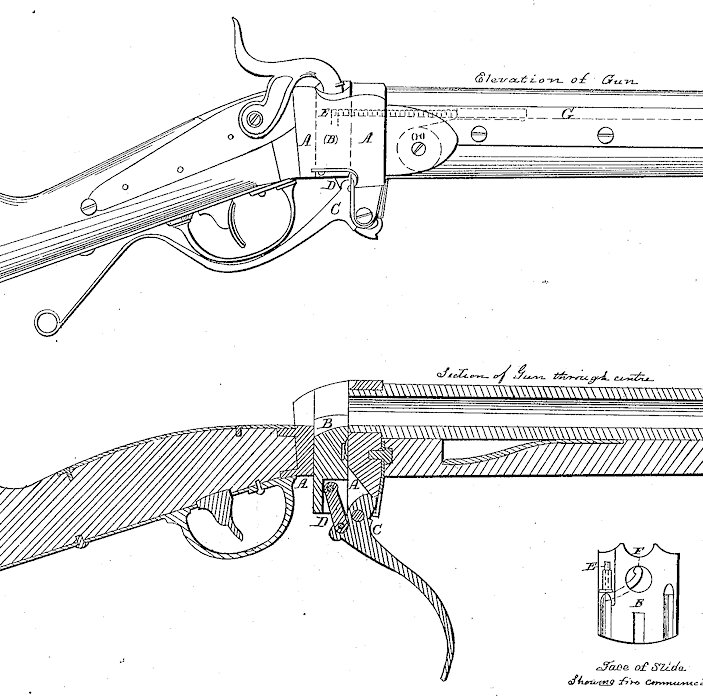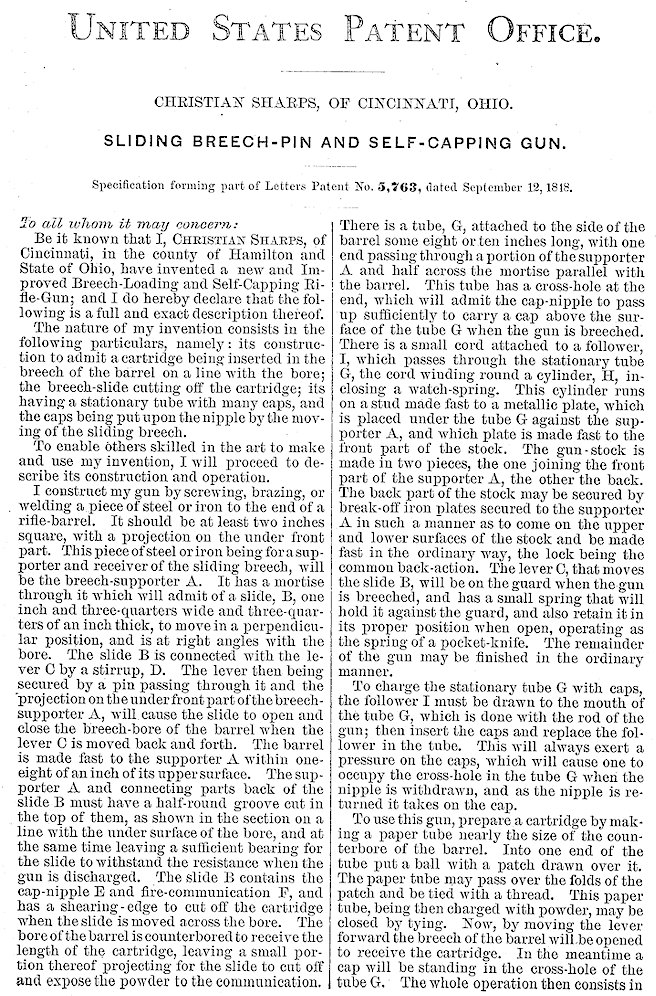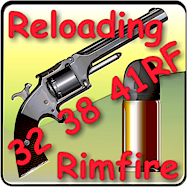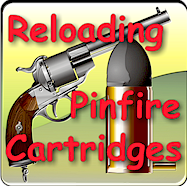|
Christian Sharps, the inventor of the first successful breech loading rifle, was born in Washington, New Jersey in 1810. He married Sarah Elizabeth Chadwick of Mill Creek, (Philadelphia), Pennsylvania. The couple had two children, a daughter Satella and son Leon Stewart. Sharps died in Vernon, Connecticut on March 12, 1874. Sharps invented the Sharps breech-loading rifle and was issued a patent for his design on September 12, 1848. He was awarded a total of fifteen firearms-related patents. Although not the first breech-loading rifle to be produced, Sharps' was the first to be widely accepted; and, with the onset of the American Civil War, the first to be produced in vast quantities. The Sharps carbine was the most widely used carbine by the Union Cavalry. It was so successful that it was copied and manufactured by the Confederate government to arm its mounted troops. The firearms he designed later saw extensive use in the American West as military and hunting weapons. Sharps firearms were also highly regarded as target rifles and were used extensively in international shooting competitions through the late 1800's. Sharps began work as a youth and was employed as an apprentice gunsmith. He then accepted a position at the Harpers Ferry Arsenal in the 1830's. While at Harpers Ferry, Sharps was introduced to the Hall rifle, an early breech-loader, and worked for its inventor, Captain John H. Hall. The Hall rifle inspired Sharps' design. He also became versed in the manufacture of weapons with fully interchangeable parts. The Sharps rifle was designed with a vertical dropping block action, operated by a lever which also served as a trigger guard. The action was not only strong but limited the release of gases when the gun was discharged. Sharps' first rifle, known as the Model 1849, was manufactured by A.S. Nippes & Co. at Mill Creek, (Manayunk, Philadelphia County) Pennsylvania. Although the Sharps Rifle Manufacturing Company bore his name, Christian Sharps was not the principal owner. He left the company, first to form C. Sharps and Company in 1853 and then Sharps & Hankins, in partnership with William Hankins, in 1862. Both firms were located in Philadelphia, Pennsylvania. The Sharps and Hankins partnership ended in 1866 and Sharps resumed the manufacturing of fireams under the C. Sharps and Company name.
|
Other Patents HENRY Reloading .32 .38 .41 rimfire
cartridges Reloading pinfire cartridges
Ebooks Belgian poacher's gun
explained |









